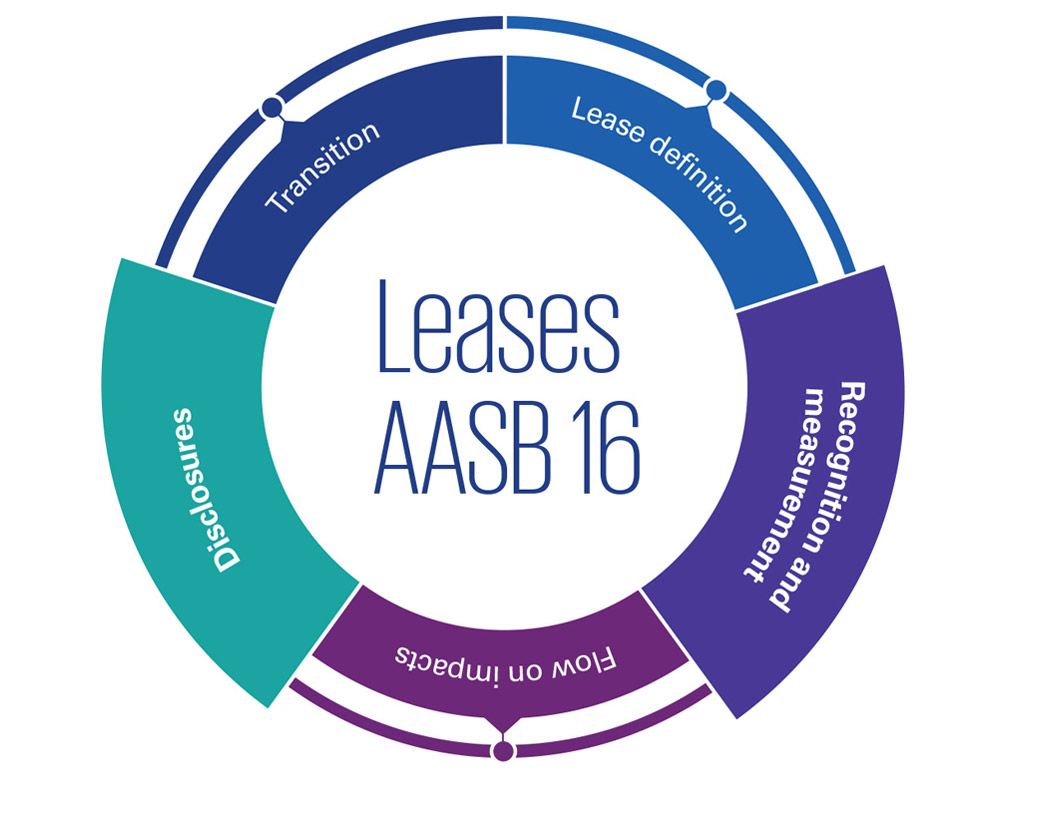AASB 16 Check: Short-term and low value exemptions
AASB 16 Check: Short-term and low value exemptions
Article Posted date4 April 2019
AASB 16 Leases gives lessees the choice of whether to recognise short-term or low value leases on balance sheet. This AASB 16 Check responds to some of the common questions we are hearing from lessees on short-term and low value leases.

Scenario
Let’s pose a scenario that a company enters into a 2 year arrangement with an IT services provider for the use of equipment, including:
- 100 new laptops valued at A$3,000 each, to use for 2 years
- One used photocopier valued at A$5,000 ($15,000 when new), to use for 2 years; and
- One printer valued at A$20,000 to use for 1 year.
It is assessed that the laptops, photocopier and printer are leases under AASB 16.
Under the company’s accounting policy, all leased assets valued at or below $10,000 qualify for the low value lease exemption. The company applies the short-term lease exemption to the printer, and the low value exemption to leases of IT equipment which includes laptops.
Question 1: Does the company need to track lease payments for short-term or low value leases?
Interpretive response: Yes. Whilst the company is not required to recognise lease liabilities and right of use assets for short-term* or low value** leases, it has to disclose the expenses recognised for such leases separately***. The company also has to disclose:
- it has applied the short-term and low value exemptions; and
- the total amount of short-term lease commitments, if at reporting date, the portfolio of short-term leases it is committed to is dissimilar to the portfolio of short-term leases to which the current year expense relates.
Question 2: Can the low value exemption be applied to the used photocopier?
Interpretive response: No. The assessment of whether an item is low value is based on its value when it is new. This means that in the case of the photocopier the low value exemption cannot be applied because the value when new is above the company’s policy threshold of $10,000, even though at commencement of the lease the used asset has a value of $5,000.
Amended scenario
Amending the above scenario, the company plans to sublease the laptops to its customers.
Question 3: Can the low value exemption be applied to assets that will be subleased?
Interpretive response: No. Where a lessee subleases or expects to sublease the leased items, it cannot apply the low value exemption to the (head) lease. Therefore under this scenario, the company cannot apply the low value exemption to the laptop leases.
In technical speak
The low value and short-term lease exemptions are available to lessees only.
*A short-term lease is a lease that, at the commencement date, has a lease term of 12 months or less. A lease that contains a purchase option is not a short-term lease.
The election for short-term leases shall be made by class of underlying asset to which the right of use relates [AASB 16: 8].
**The assessment of whether an underlying asset is of low value is based on the value of an asset when new. It is not a materiality assessment and is not affected by the size, nature or circumstances of the lessee. “Low value” is not defined in the accounting standard, however the basis for conclusions refers to underlying assets with a value in the order of US$5,000 or less [IFRS 16. BC100].
The low value election can be made on a lease-by-lease basis [AASB 16: 8].
***The following lease expenses are not required to be disclosed:
- Expenses relating to leases with a term of one month or less; and
- Expenses relating to leases which are both low-value and short-term [AASB 16:53(c-d)].
If you would like to discuss the application of the standard for your organisation, please contact us.
KPMG Australia acknowledges the Traditional Custodians of the land on which we operate, live and gather as employees, and recognise their continuing connection to land, water and community. We pay respect to Elders past, present and emerging.
©2025 KPMG, an Australian partnership and a member firm of the KPMG global organisation of independent member firms affiliated with KPMG International Limited, a private English company limited by guarantee. All rights reserved. The KPMG name and logo are trademarks used under license by the independent member firms of the KPMG global organisation.
Liability limited by a scheme approved under Professional Standards Legislation.
For more detail about the structure of the KPMG global organisation please visit https://kpmg.com/governance.






